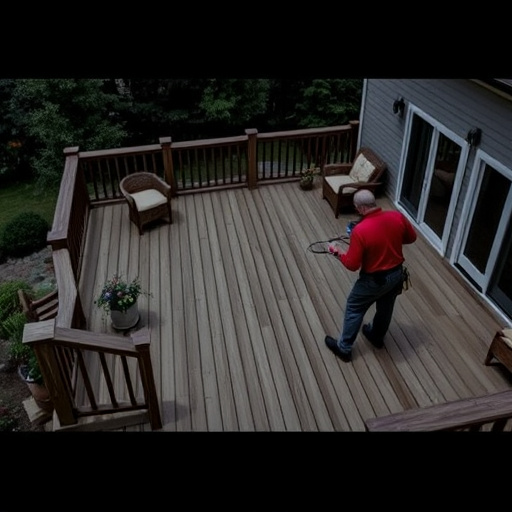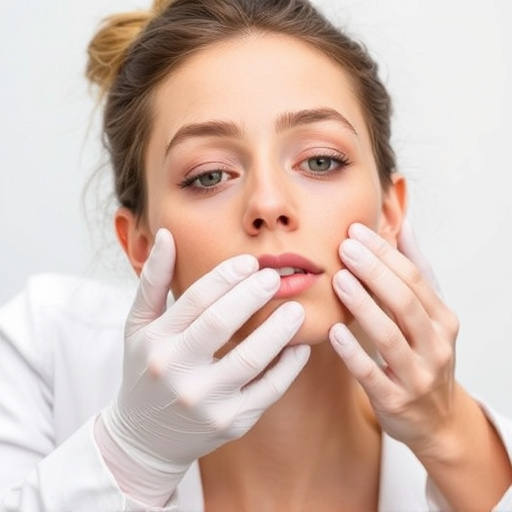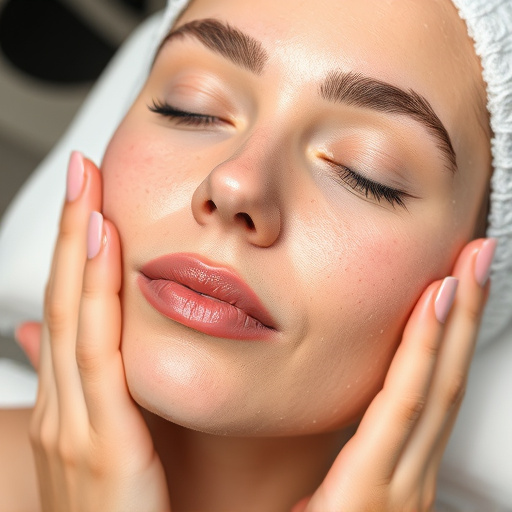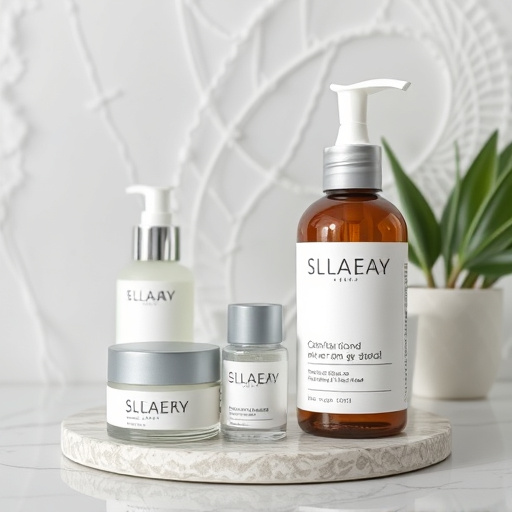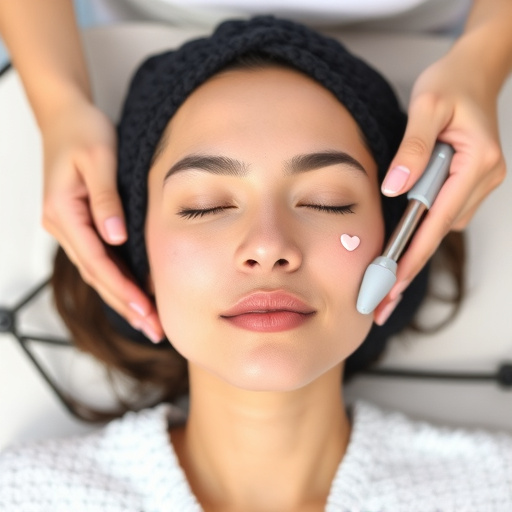Broken capillaries, caused by environmental factors, lifestyle habits, and medical conditions, lead to redness and swelling. Personalized skincare treatments like facials and microneedling offer solutions. Professional assessment recommends suitable aesthetic treatments including laser therapies and topical applications. Monitoring progress over 3 months ensures optimal results, with initial healing starting within a week.
“Uncover the secrets to a successful recovery timeline for broken capillary treatments. This comprehensive guide explores the multifaceted approach to addressing this common yet complex skin concern. From understanding the underlying causes and their impact, to discovering diverse treatment options, you’ll gain valuable insights.
We delve into the importance of monitoring progress with a detailed timeline, ensuring optimal results. Whether you’re a medical professional or an informed patient, this article promises to enhance your knowledge base regarding broken capillary treatment.”
- Understanding Broken Capillary Causes and Effects
- Exploring Treatment Options for Optimal Results
- Monitoring Progress: A Detailed Timeline for Recovery
Understanding Broken Capillary Causes and Effects

Broken capillaries, often referred to as broken blood vessels, are a common skin concern with visible effects on the face. Understanding their causes is essential for effective treatment and management. These delicate capillary networks, responsible for delivering oxygen and nutrients to the skin, can be compromised due to various factors. One primary cause is environmental stressors such as excessive sun exposure, cold temperatures, or harsh chemicals, which can damage the capillaries, leading to redness, swelling, and visible breakage.
Additionally, certain lifestyle habits and medical conditions contribute to this issue. For instance, smoking and excessive alcohol consumption can weaken capillary walls, while conditions like rosacea are known to cause chronic inflammation, affecting blood vessel integrity. The effects of broken capillaries are not just aesthetic; they can lead to prolonged redness, skin sensitivity, and even permanent damage if left untreated. Personalized skincare treatments, including customized facials and pore refinement techniques, offer targeted solutions to address these issues, promoting healthier capillary function and improved skin appearance.
Exploring Treatment Options for Optimal Results

When exploring broken capillary treatment procedures, it’s crucial to understand that various options exist, each with its own set of benefits and considerations. The first step is to consult a professional who can assess your specific condition and recommend the most suitable aesthetic treatments. Medical spa services often offer a range of solutions, from topical applications and laser therapies to innovative procedures like microneedling therapy, which has gained popularity for its ability to stimulate collagen production and enhance skin elasticity.
Microneedling, in particular, has shown promising results in treating broken capillaries by creating micro-injuries that prompt the body to heal itself, resulting in improved skin texture and reduced visibility of small blood vessels. Other medical spa services may include chemical peels or targeted injections, each tailored to address the underlying causes of capillary damage for optimal results. The key lies in selecting a treatment plan that not only addresses the symptoms but also provides long-lasting solutions for healthier, more radiant skin.
Monitoring Progress: A Detailed Timeline for Recovery

Monitoring progress is a crucial aspect of any broken capillary treatment, as it allows for precise evaluation of the patient’s recovery and adjustment of the treatment plan if necessary. The timeline for healing typically begins within the first week post-procedure, where initial redness and swelling subside. This period also marks the start of collagen production, which plays a vital role in wrinkle reduction and overall skin rejuvenation.
In the following weeks, as the capillary network regenerates, patients may notice a significant improvement in skin texture and tone. After approximately 4-6 weeks, the results become more noticeable, with reduced visibility of broken capillaries and enhanced skin radiance. Continued monitoring up to 3 months post-treatment is recommended to ensure optimal results, especially for customized facials tailored to address specific concerns like facial treatments for sun damage or age-related skin changes.
In understanding the causes and effects of broken capillaries, exploring diverse treatment options, and meticulously monitoring recovery progress through a detailed timeline, this article offers a comprehensive guide to achieving optimal results in broken capillary treatment procedures. By adhering to the suggested timelines and strategies, individuals can look forward to improved skin health and reduced appearance of damaged capillaries.







